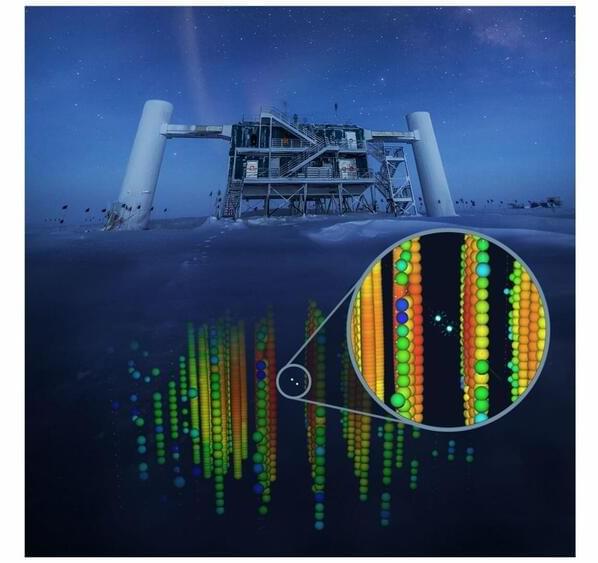Apr 24, 2024
Saturn’s Ocean Moon Enceladus Is Able To Support Life
Posted by Quinn Sena in category: space
Scientists could one day find traces of life on Enceladus, an ocean-covered moon orbiting Saturn.
Scientists could one day find traces of life on Enceladus, an ocean-covered moon orbiting Saturn.
Computers work in digits — 0s and 1s to be exact. Their calculations are digital; their processes are digital; even their memories are digital. All of which requires extraordinary power resources. As we look to the next evolution of computing and developing neuromorphic or “brain-like” computing, those power requirements are unfeasible.
To advance neuromorphic computing, some researchers are looking at analog improvements. In other words, not just advancing software, but advancing hardware too. Research from the University of California San Diego and UC Riverside shows a promising new way to store and transmit information using disordered superconducting loops.
The team’s research, which appears in the Proceedings of the National Academy of Sciences, offers the ability of superconducting loops to demonstrate associative memory, which, in humans, allows the brain to remember the relationship between two unrelated items.
Researchers at Quebec AI Institute (Mila) have released, a technique that can turn any decoder-only LLM into a universal embedding model.
POTSDAM, Germany — One of the most lifeless places on Earth is actually hiding an underground biosphere teeming with microscopic life! Researchers have unearthed this amazing oasis under Chile’s Atacama Desert. The findings not only change our view of life on Earth, but they might prove that there is still life under the soil of dead alien worlds like Mars!
Despite being renowned as the driest desert on Earth, with some regions going decades or even centuries without a drop of rain, researchers from Germany discovered hardy communities of microorganisms that have managed to carve out habitats deep below the desert floor. Down here, totally isolated from the surface world, microscopic life finds a way to eke out an existence against all odds.
Study author Dirk Wagner and the team from the GFZ German Research Centre for Geosciences explain that they detected signs of potentially viable microbial ecosystems as far as 13 feet underground. This remarkable discovery is upending our understanding of desert biodiversity, demonstrating that life can persist in even the most extreme subterranean environments on Earth.
It’s the most fundamental of processes—the evaporation of water from the surfaces of oceans and lakes, the burning off of fog in the morning sun, and the drying of briny ponds that leaves solid salt behind. Evaporation is all around us, and humans have been observing it and making use of it for as long as we have existed.
And yet, it turns out, we’ve been missing a major part of the picture all along.
In a series of painstakingly precise experiments, a team of researchers at MIT has demonstrated that heat isn’t alone in causing water to evaporate. Light, striking the water’s surface where air and water meet, can break water molecules away and float them into the air, causing evaporation in the absence of any source of heat.

Researchers at the IceCube Neutrino Observatory in Antarctica have found seven signals that could potentially indicate tau neutrinos—which are famously hard to detect—from astrophysical objects.
Spintronics is a field garnering immense attention for its range of potential advantages for conventional electronics. These include reducing power consumption, high-speed operation, non-volatility, and the potential for new functionalities.
By modifying a refrigerator commonly used in both research and industry, researchers at the National Institute of Standards and Technology (NIST) have drastically reduced the time and energy required to cool materials to within a few degrees above absolute zero.
